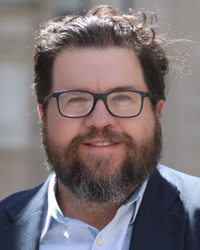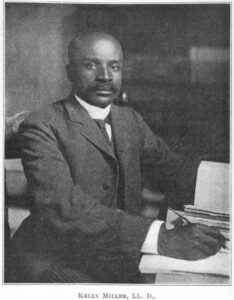Key points:
Every year, Hispanic Heritage Month offers the United States a chance to honor the profound and varied contributions of Latino communities. We celebrate scientists like Ellen Ochoa, the first Latina woman in space, and activists like Dolores Huerta, who fought tirelessly for workers’ rights. We use this month to recognize the cultural richness that Spanish-speaking families bring to our communities, including everything from vibrant festivals to innovative businesses that strengthen our local economies.
But there’s a paradox at play.
While we spotlight Hispanic heritage in public spaces, many classrooms across the country require Spanish-speaking students to set aside the very heart of their cultural identity: their language.
This contradiction is especially personal for me. I moved from Puerto Rico to the mainland United States as an adult in hopes of building a better future for myself and my family. The transition was far from easy. My accent often became a challenge in ways I never expected, because people judged my intelligence or questioned my education based solely on how I spoke. I could communicate effectively, yet my words were filtered through stereotypes.
Over time, I found deep fulfillment working in a state that recognizes the value of bilingual education. Texas, where I now live, continues to expand biliteracy pathways for students. This commitment honors both home languages and English, opening global opportunities for children while preserving ties to their history, family, and identity.
That commitment to expanding pathways for English Learners (EL) is urgently needed. Texas is home to more than 1.3 million ELs, which is nearly a quarter of all students in the state, the highest share in the nation. Nationwide, there are more than 5 million ELs comprising nearly 11 percent of the U.S. public school students; about 76 percent of ELs are Spanish speakers. Those figures represent millions of children who walk into classrooms every day carrying the gift of another language. If we are serious about celebrating Hispanic Heritage Month, we must be serious about honoring and cultivating that gift.
A true celebration of Hispanic heritage requires more than flags and food. It requires acknowledging that students’ home languages are essential to their academic success, not obstacles to overcome. Research consistently shows that bilingualism is a cognitive asset. Those who are exposed to two languages at an early age outperform their monolingual peers on tests of cognitive function in adolescence and adulthood. Students who maintain and develop their native language while learning English perform better academically, not worse. Yet too often, our educational systems operate as if English is the only language that matters.
One powerful way to shift this mindset is rethinking the materials students encounter every day. High-quality instructional materials should act as both mirrors and windows–mirrors in which students see themselves reflected, and windows through which they explore new perspectives and possibilities. Meeting state academic standards is only part of the equation: Materials must also align with language development standards and reflect the cultural and linguistic diversity of our communities.
So, what should instructional materials look like if we truly want to honor language as culture?
- Instructional materials should meet students at varying levels of language proficiency while never lowering expectations for academic rigor.
- Effective materials include strategies for vocabulary development, visuals that scaffold comprehension, bilingual glossaries, and structured opportunities for academic discourse.
- Literature and history selections should incorporate and reflect Latino voices and perspectives, not as “add-ons” during heritage month, but as integral elements of the curriculum throughout the year.
But materials alone are not enough. The process by which schools and districts choose them matters just as much. Curriculum teams and administrators must center EL experiences in every adoption decision. That means intentionally including the voices of bilingual educators, EL specialists, and, especially, parents and families. Their life experiences offer insights into the most effective ways to support students.
Everyone has a role to play. Teachers should feel empowered to advocate for materials that support bilingual learners; policymakers must ensure funding and policies that prioritize high-quality, linguistically supportive instructional resources; and communities should demand that investments in education align with the linguistic realities of our students.
Because here is the truth: When we honor students’ languages, we are not only affirming their culture; we are investing in their future. A child who is able to read, write, and think in two languages has an advantage that will serve them for life. They will be better prepared to navigate an interconnected world, and they carry with them the ability to bridge communities.
This year, let’s move beyond celebrating what Latino communities have already contributed to America and start investing in what they can become when we truly support and honor them year-round. That begins with valuing language as culture–and making sure our classrooms do the same.


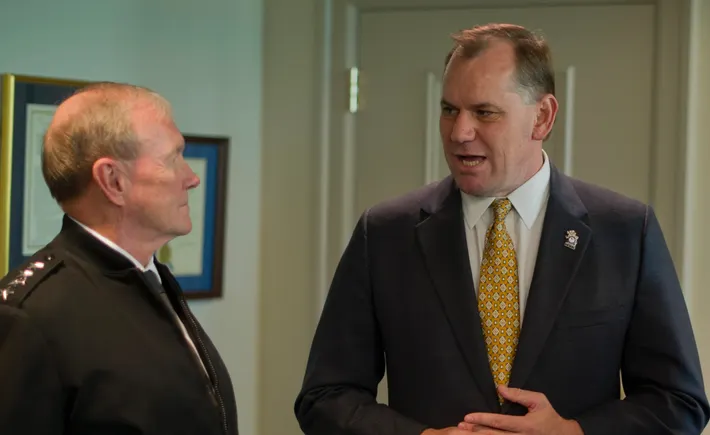
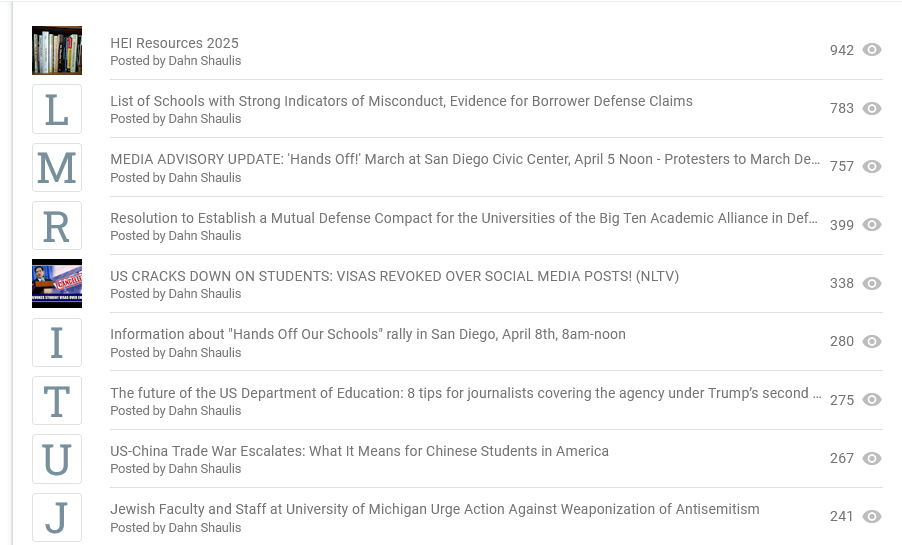
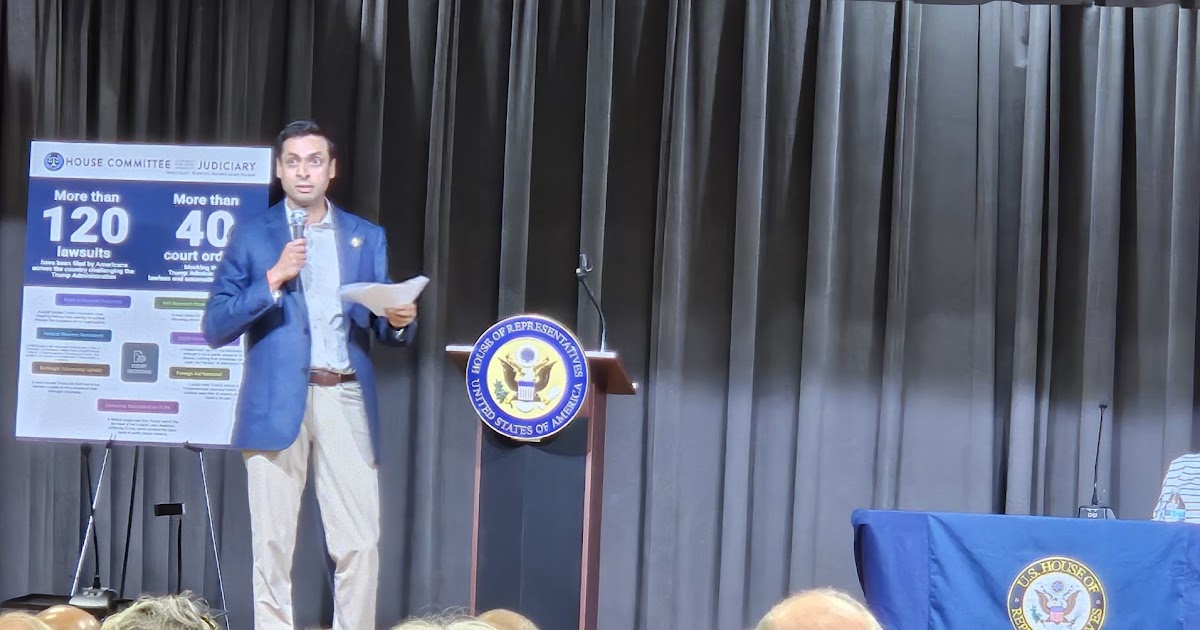
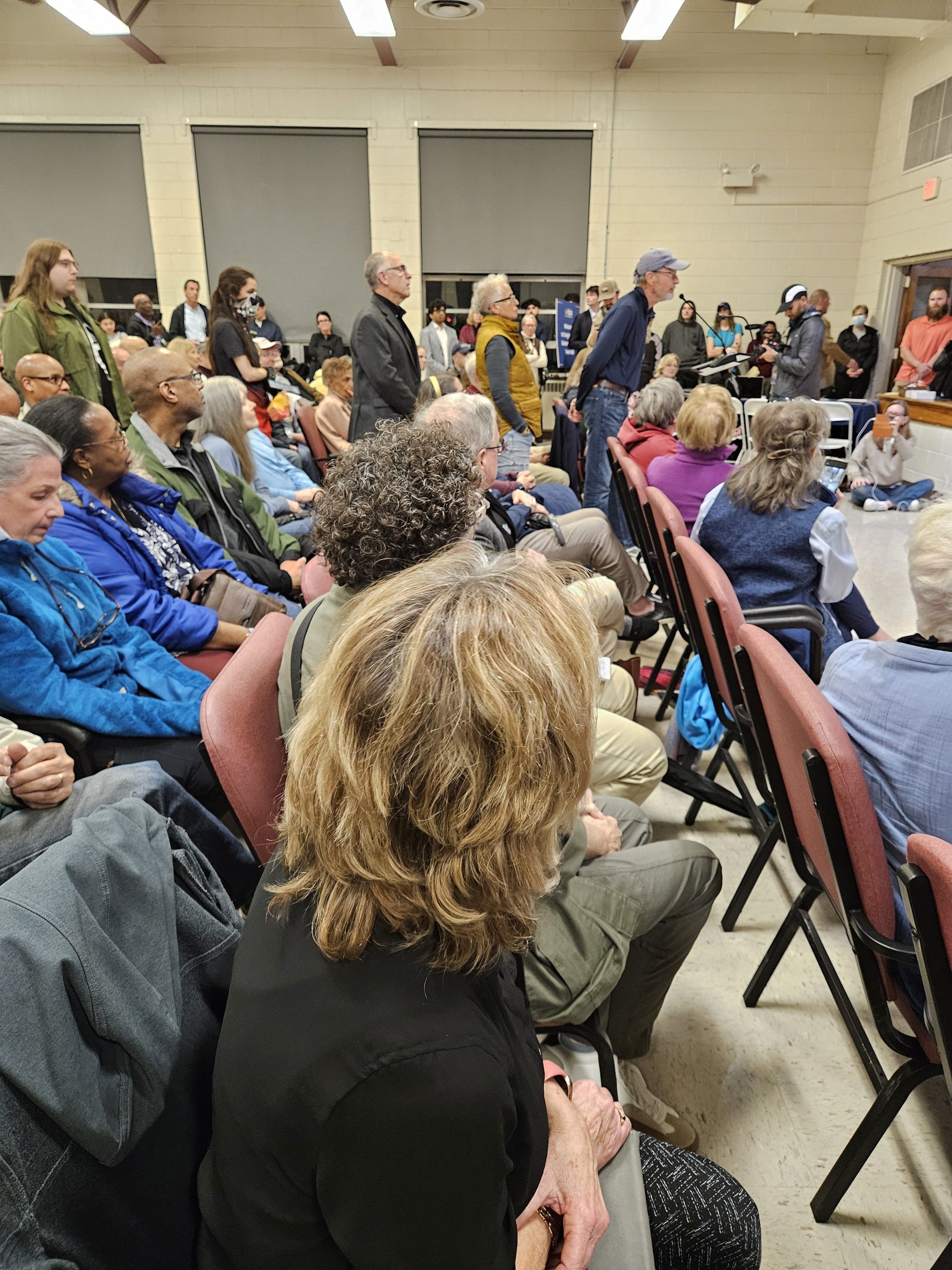
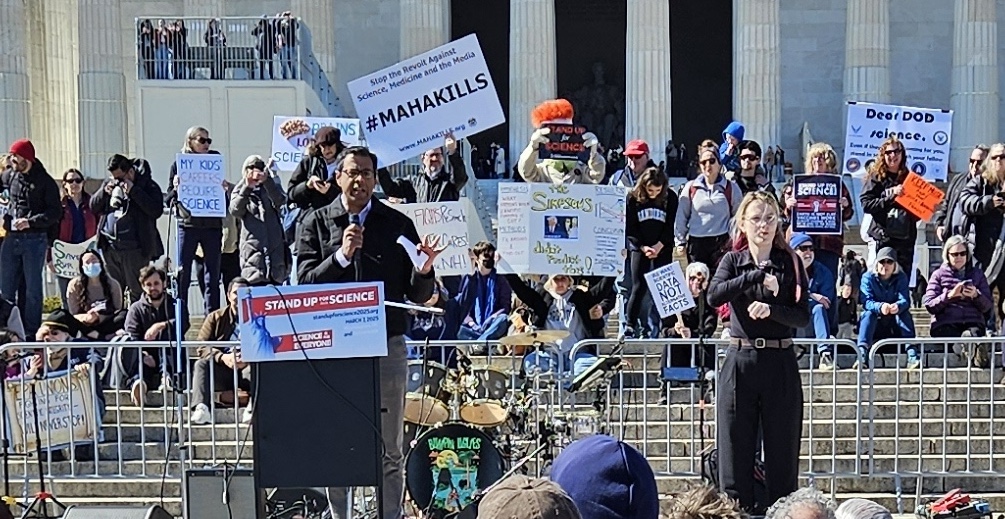


 Logistics & Supply Chain and the Garatoni School of Entrepreneurship and Innovation at Ivy Tech Community College. With a lifelong passion for
Logistics & Supply Chain and the Garatoni School of Entrepreneurship and Innovation at Ivy Tech Community College. With a lifelong passion for  Samantha Candler is a General Motors World Class Technician with 18 years of experience in the
Samantha Candler is a General Motors World Class Technician with 18 years of experience in the  experienced educator. With a decade’s worth of experience teaching various
experienced educator. With a decade’s worth of experience teaching various 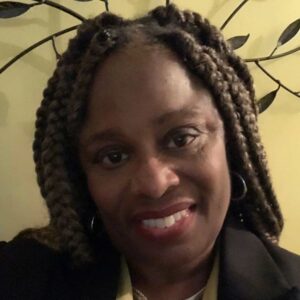 Monica Hampton is a retired cybersecurity officer, an Adjunct Professor of Cybersecurity and Criminal Justice and an Instructional Designer at Benedict College. Monica’s teaching experience stretches far beyond the higher ed classroom, having previously taught firearms and safety, as well as cybersecurity to law enforcement officers at national and local levels. She now brings personal field experience and real-world insights to her students, teaching undergraduate cybersecurity and
Monica Hampton is a retired cybersecurity officer, an Adjunct Professor of Cybersecurity and Criminal Justice and an Instructional Designer at Benedict College. Monica’s teaching experience stretches far beyond the higher ed classroom, having previously taught firearms and safety, as well as cybersecurity to law enforcement officers at national and local levels. She now brings personal field experience and real-world insights to her students, teaching undergraduate cybersecurity and 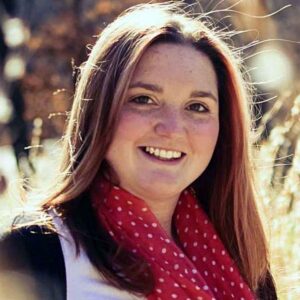 Community Health Department at Mercyhurst University. Her experience spans across undergraduate, graduate and study abroad programs, where she teaches multiple courses, both online and in-person. Some of those courses include Methods and Social Science Statistics. Holding a Ph.D. in criminology from Indiana University of Pennsylvania, EmmaLeigh’s focus has been primarily within the higher ed sphere. Yet, she’s also a leading example of how to enact meaningful community-based change outside the classroom. She currently serves on the executive board for the Northeastern Association of Criminal Justice Sciences and is the faculty advisor of the Criminal Justice Association. EmmaLeigh’s various outreach efforts and contributions represent her resolution to make a difference.
Community Health Department at Mercyhurst University. Her experience spans across undergraduate, graduate and study abroad programs, where she teaches multiple courses, both online and in-person. Some of those courses include Methods and Social Science Statistics. Holding a Ph.D. in criminology from Indiana University of Pennsylvania, EmmaLeigh’s focus has been primarily within the higher ed sphere. Yet, she’s also a leading example of how to enact meaningful community-based change outside the classroom. She currently serves on the executive board for the Northeastern Association of Criminal Justice Sciences and is the faculty advisor of the Criminal Justice Association. EmmaLeigh’s various outreach efforts and contributions represent her resolution to make a difference.


